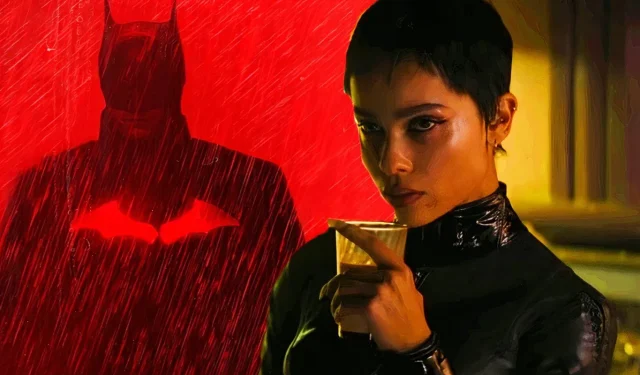
The character of Catwoman may take a darker turn in The Batman – Part II, following significant developments in Matt Reeves’ cinematic universe. Known as one of DC’s iconic antiheroes, Catwoman, or Selina Kyle, is distinguished by her exceptional skills in theft and combat. While she often finds herself in a romantic relationship with Bruce Wayne, she operates in a morally gray area, favoring her own brand of justice without inflicting harm on the innocent. Her tendency to aid Batman in taking down Gotham’s most nefarious villains exemplifies her unique position between heroism and villainy.
Classical portrayals of Catwoman, like Michelle Pfeiffer’s version in Batman Returns and Anne Hathaway’s in The Dark Knight Rises, have depicted her as both a love interest and an adversary to Batman. In Matt Reeves’ adaptation, Zoë Kravitz portrays Catwoman with a similarly intricate relationship with the Dark Knight. They join forces against Carmine Falcone, although Catwoman’s motivations are driven largely by a desire for revenge, prompting Batman to intervene to prevent her from crossing a lethal line. As much as Batman might have saved her then, recent developments in The Penguin could pave the way for Selina to embrace a more villainous path.
The Penguin Opens Doors for Unexpected Alliances in DC’s Universe
Selina Kyle and Sofia Falcone: A Potentially Formidable Pair
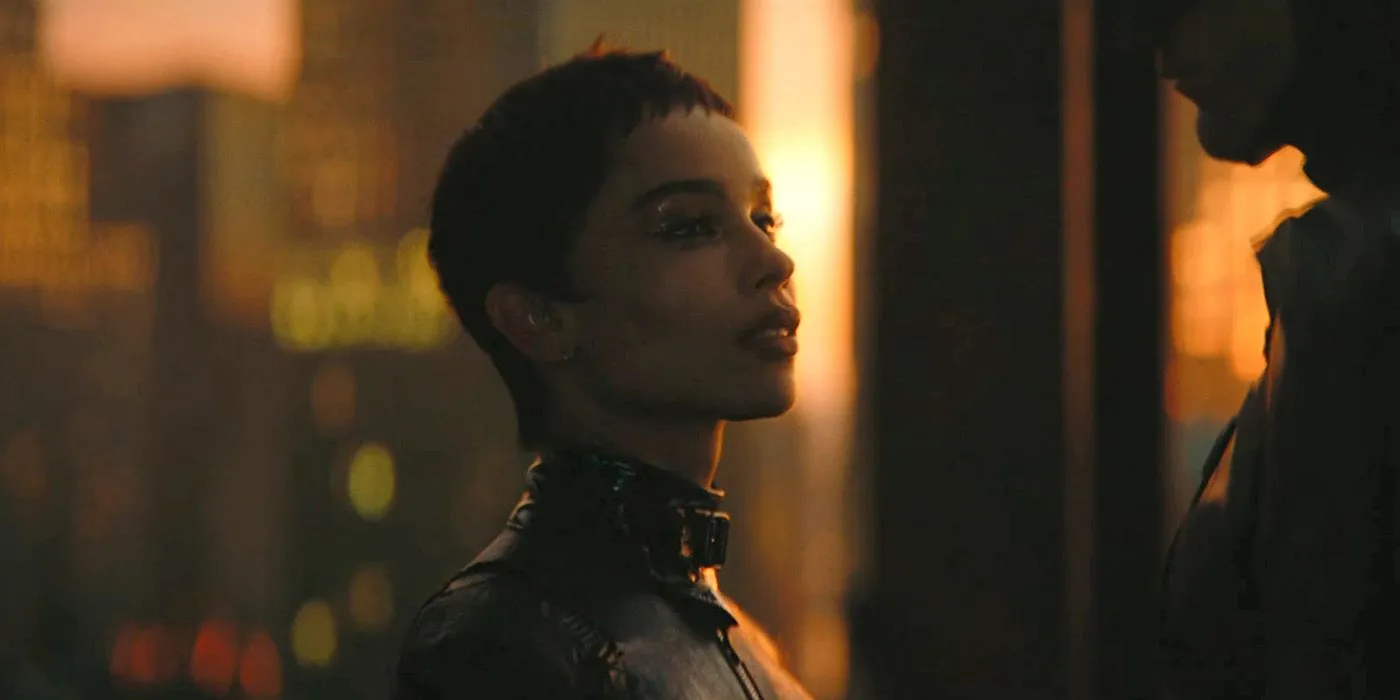
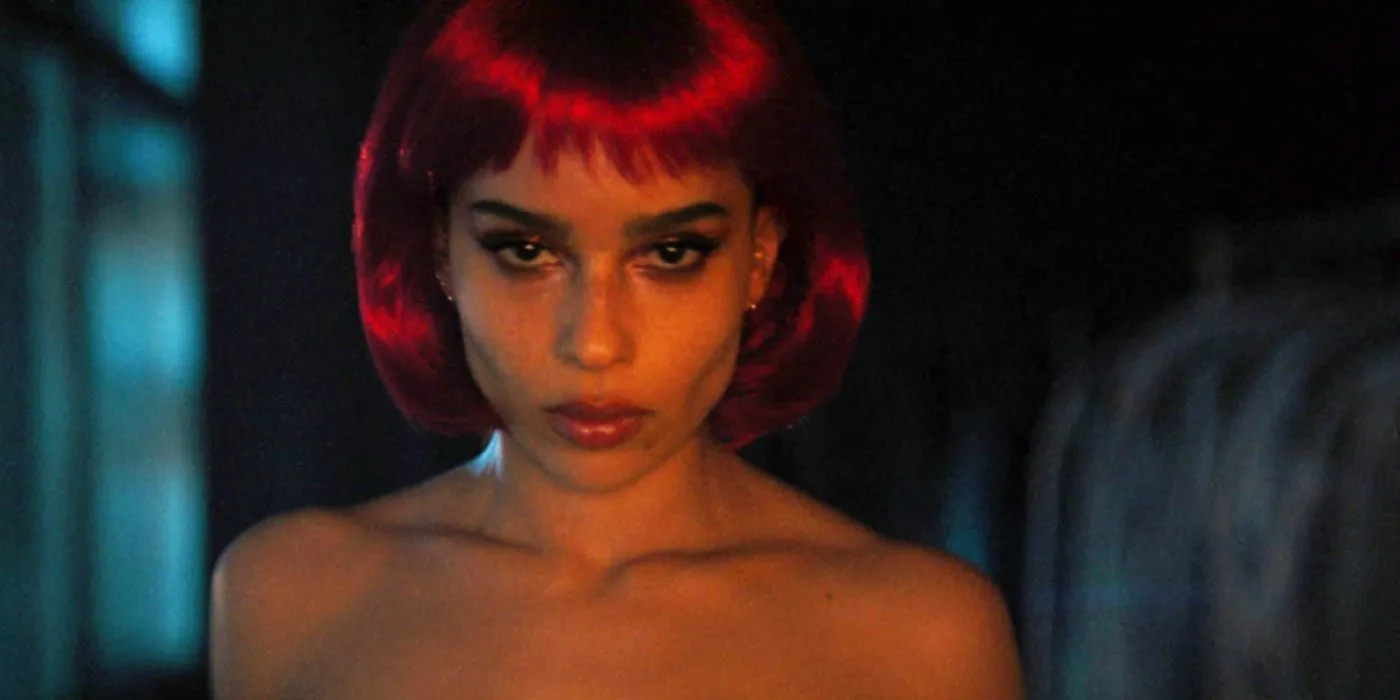
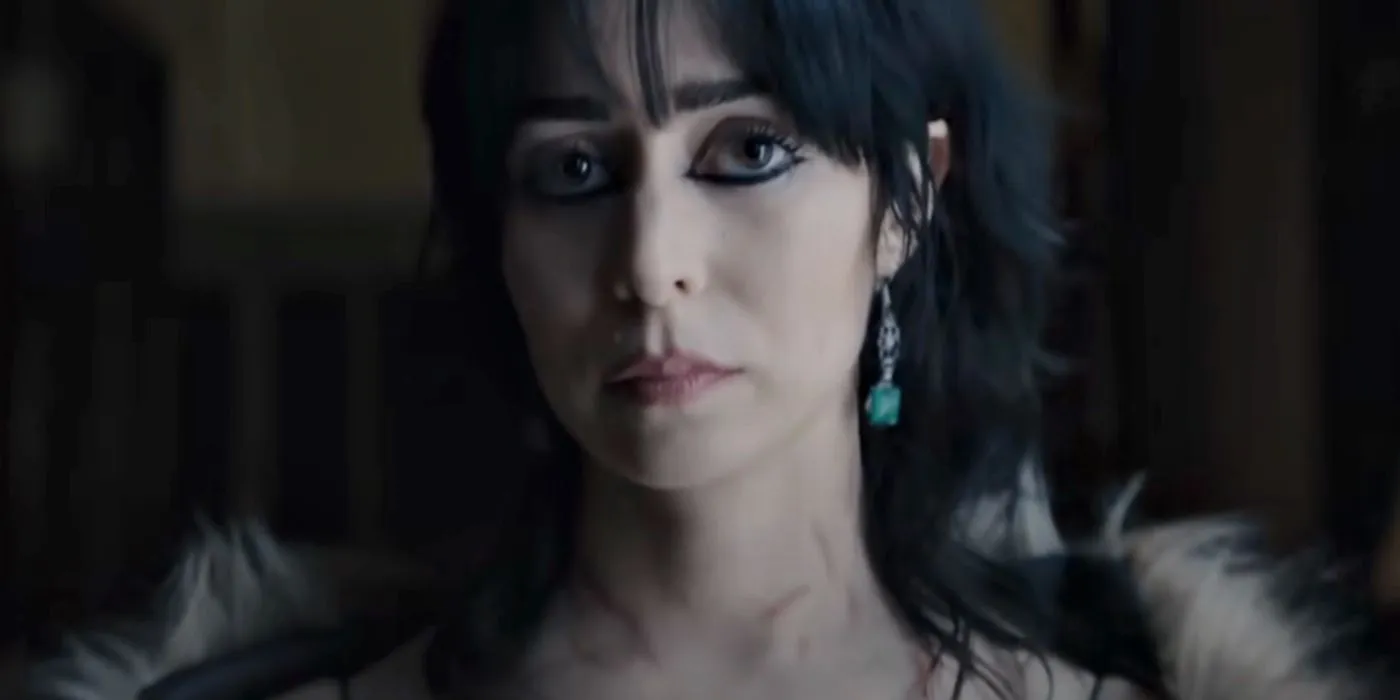
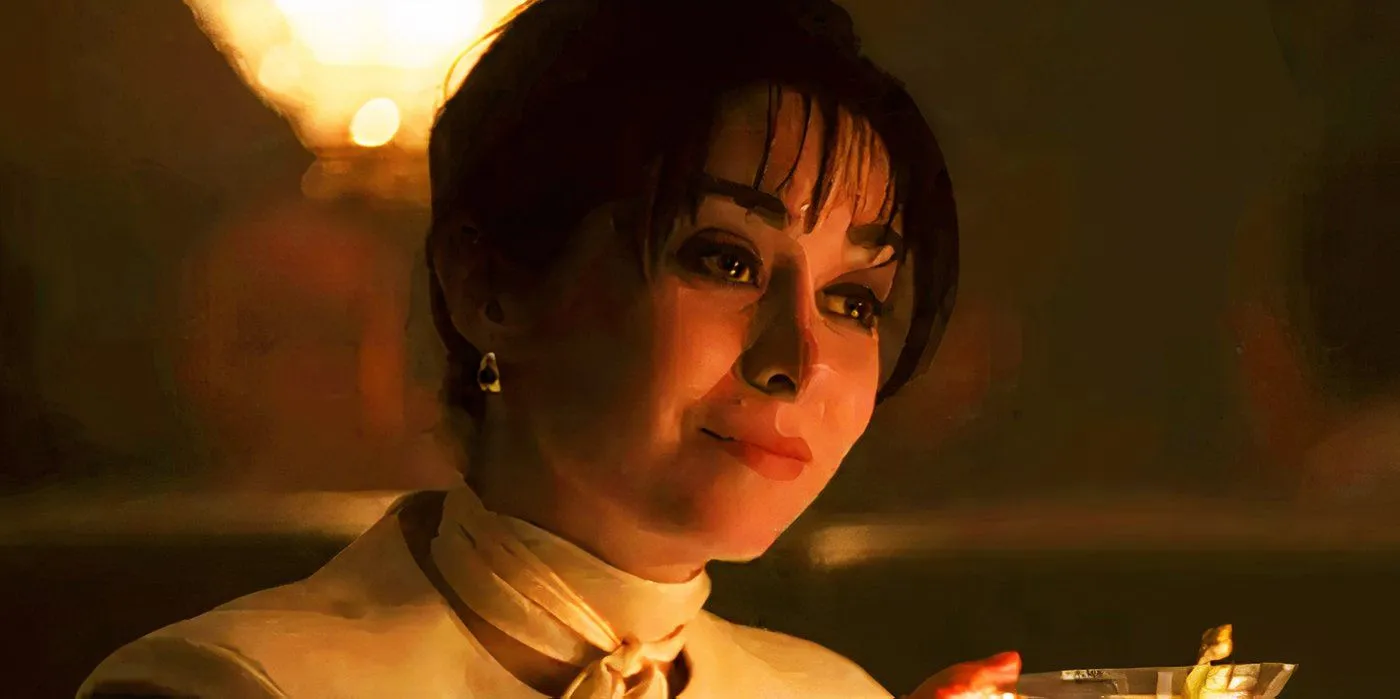
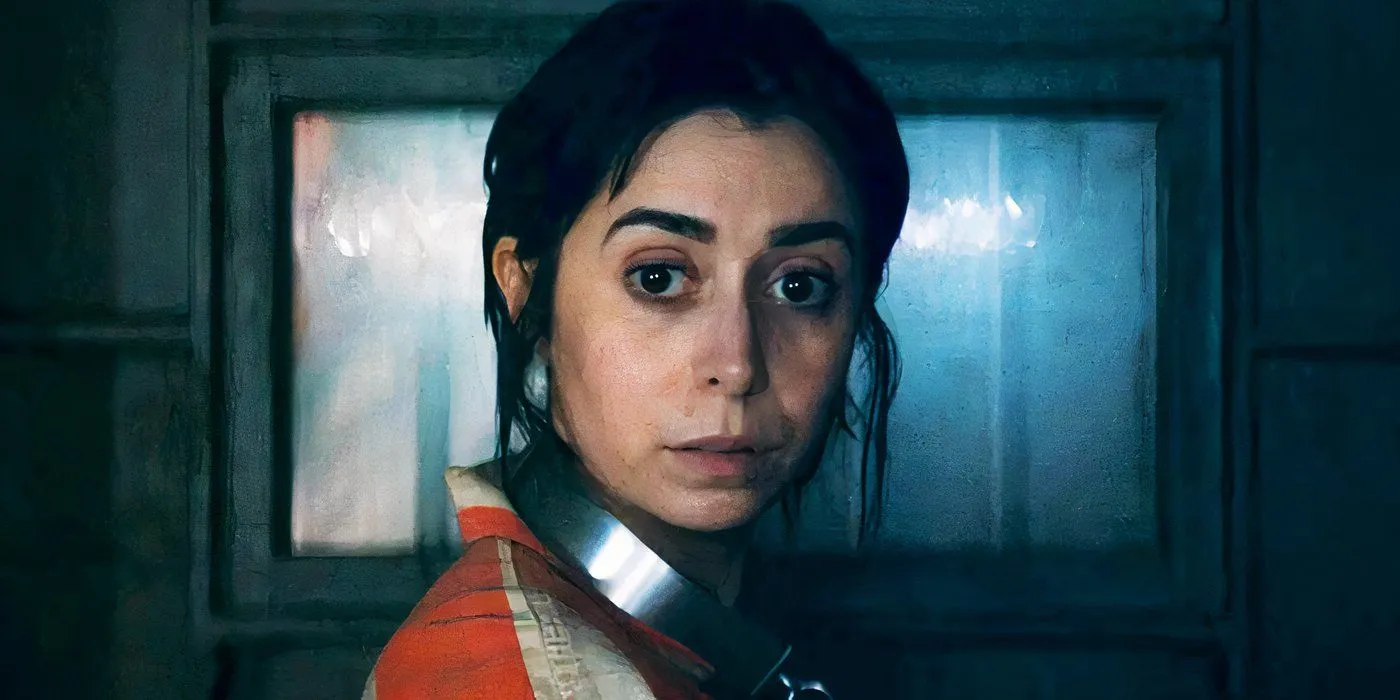
The recent introduction of Sofia Falcone, played by Cristin Milioti, in The Penguin is particularly compelling. Having unjustly endured a decade in Arkham Asylum, Sofia emerges after the death of her father, with vengeance clouding her mind as she seeks revenge on those who have wronged her. Following her brother’s murder at the hands of Oswald Cobblepot, Sofia is driven by a desire to reclaim her life and assert her power. While her motives elicit sympathy, the violent methods she employs cast her in a morally ambiguous light.
The storyline escalates when Sofia finds herself framed by Oswald for the murder of Salvatore Maroni, leading to her return to Arkham. Just when all hope appears lost, Sofia receives a letter from her estranged half-sister, Selina Kyle. Although Selina departs Gotham at the conclusion of The Batman, her potential return to aid Sofia creates an enticing angle for The Batman – Part II, positioning them as a dynamic duo whose motivations entwine as they navigate the treacherous landscape of Gotham’s underworld.
The Logic Behind Catwoman’s Rescue of Sofia Falcone
An Alliance Against Gotham’s Criminal Underbelly
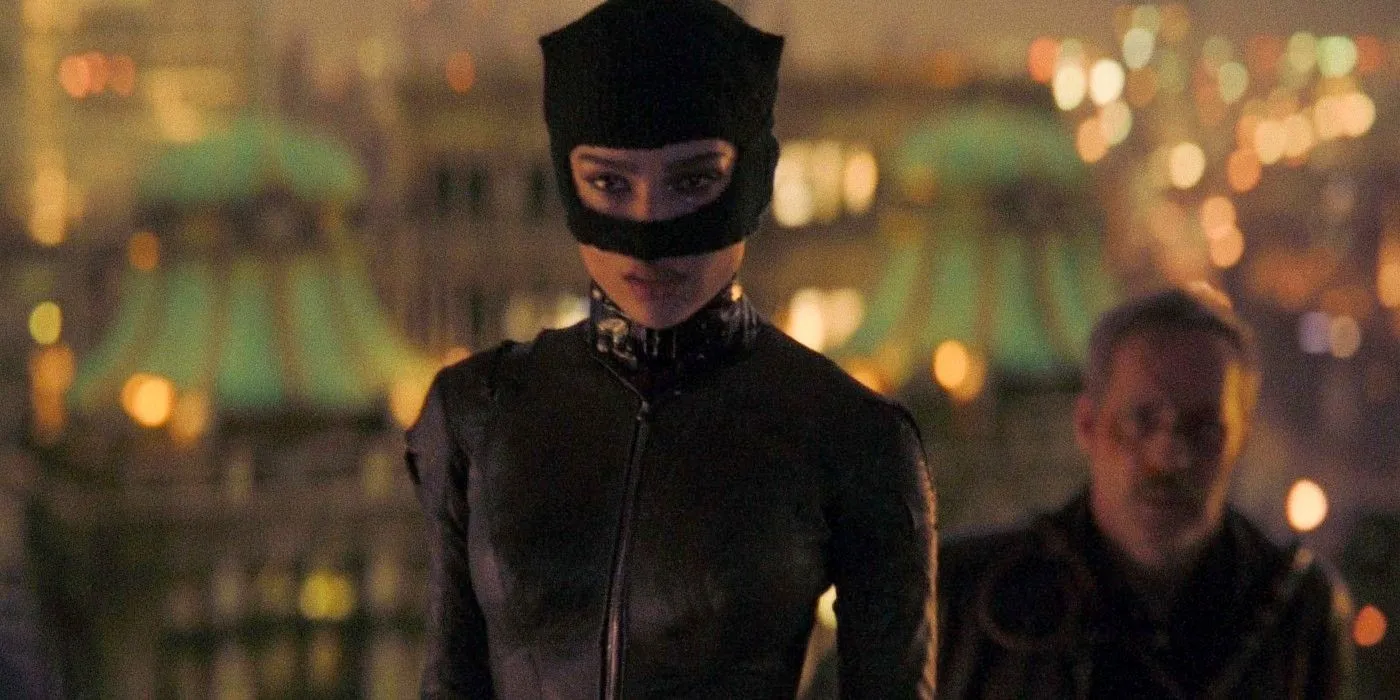
The potential partnership between Selina and Sofia is intriguing given their shared trauma and intertwined motivations despite divergent backstories. Selina’s upbringing was shadowed by the aftermath of her mother’s death at the hands of Carmine Falcone, leading her into social services rather than being offered protection within the Falcone family. Conversely, Sofia grew up privileged within the Falcone household until she learned the dark truth about her origins—her father’s role in her mother’s demise, framed as a suicide.
After confronting Carmine about her mother’s death, Sofia was wrongfully confined to Arkham Asylum for over a decade. Both women share experiences of abandonment and abuse, cultivating a mutual hatred for a system that silences and threatens women. This shared background positions Selina and Sofia as a potent team capable of dismantling Gotham’s criminal landscape. Their morally flexible approaches could lead to tension with Batman, creating a compelling conflict between Selina and Bruce.
Catwoman’s Rescue of Sofia: A Continuation of Key Batman Themes
Exploring Recurring Themes in The Batman – Part II
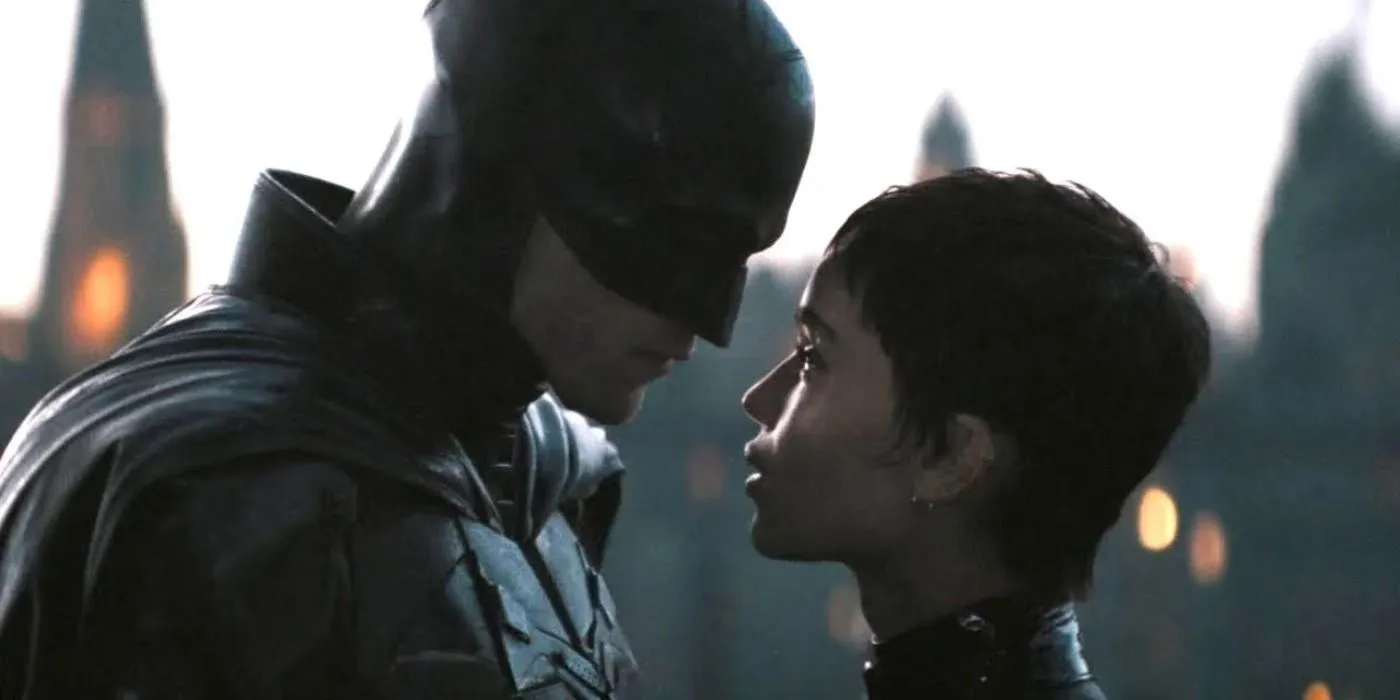
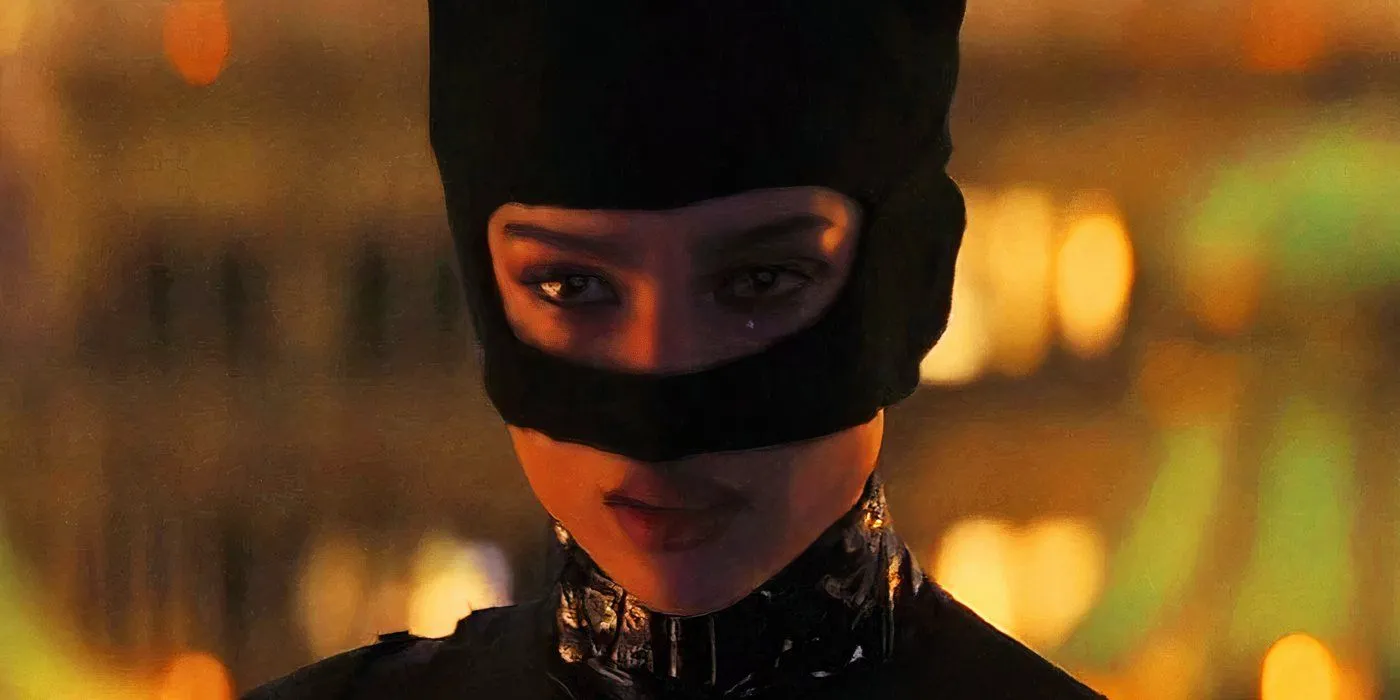
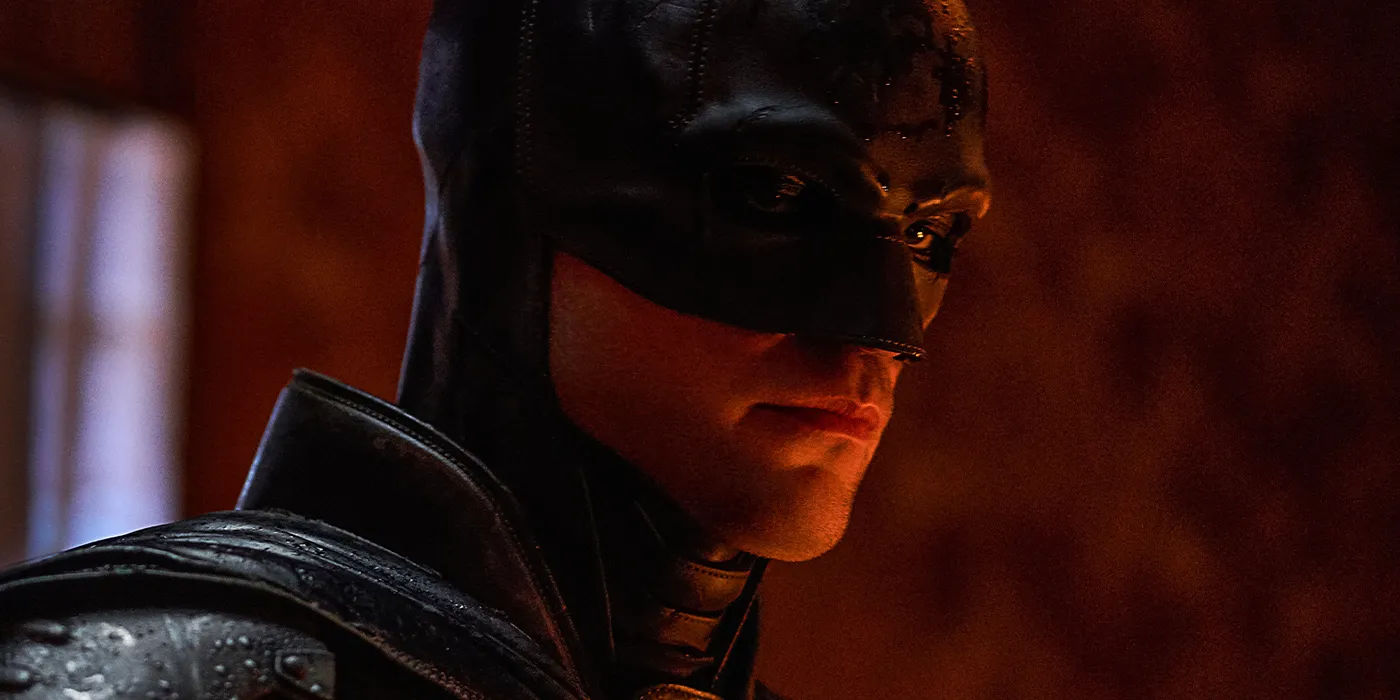
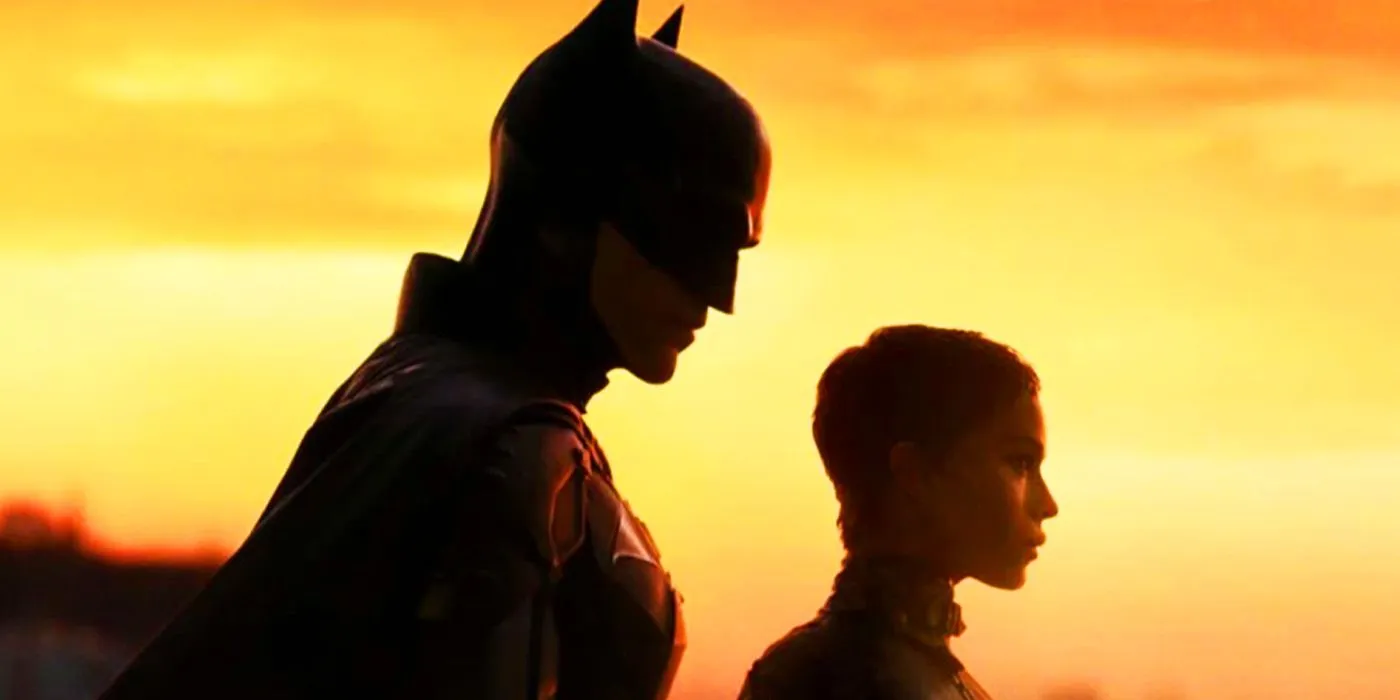

A central theme of The Batman revolves around the impact of environment on individuals, showcasing how trauma can spawn vengeance. The Riddler, a character born from similar circumstances as Bruce Wayne, is incited by Batman’s actions. Bruce’s quest for justice provides a stark contrast to the Riddler’s vendetta against Gotham’s corrupt elite, illustrating the thin line separating heroism from villainy.
In a notable parallel, Sofia echoes aspects of Batman’s journey, as both use tragedy as motivation for their actions—Sofia pulling from wealth and vengeance, while Batman channels his pain into a heroic legacy. The conclusion of The Batman emphasizes Batman’s realization that he must embody hope rather than fear, a poignant lesson that could resurface in The Batman – Part II. Accordingly, the narrative could challenge Batman to confront Sofia and Selina’s interpretations of justice, setting the stage for a captivating exploration of morality and justice in Gotham.




Leave a Reply